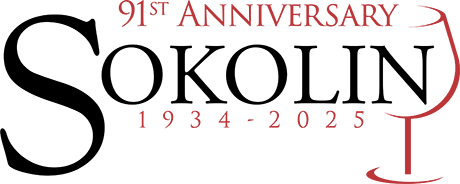Northern Rhone Wines
Northern Rhone
While the Northern Rhône produces only about 5% of all wine coming out of the Rhône Valley, the quality of these bottles is not to be underestimated. The terroir in this region is heavenly for growing Syrah, Viognier, Marsanne or Rousanne – the only permitted grapes in the AOC. Picture this – the Rhône flows through the valley like an azure thread piercing the landscape, a reflection of the dreamy skies hovering above the vineyards, ready to produce rainfall at a moment’s notice. The rocky soil of the steep, almost surreal hillsides provides a bountiful feast for the grapevine roots.The flavors and texture of Northern Rhône wines tell you everything you need to know as soon as your lips touch the elixir, like a whisper in the vigorous valley winds. The wine caresses your tongue like silk, and aromatic hints of pepper, red fruits, bacon fat, green olive, and earthy mineral can arouse your tastebuds within a heartbeat. These wines are rich, often acidic, refreshing, and can be the centerpiece of any gathering or romantic meetup.
No matter what your wine preferences are, the Northern Rhône has a bottle or two that will rock your world. Follow us on this journey, as we explore only the finest wines to come out of this region, ones that will make your collection shine with a new glamour and that you can savor privately, or with friends, and recognize the masterful craftsmanship that went into these works of art. No one is ever left disappointed after a proverbial visit to the Northern Rhône.

